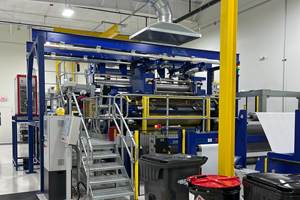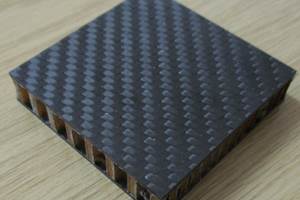Shared composite material property databases
For more than a decade, NASA, FAA, industry and academia have been working toward the goal of creating a centralized composite material property database similar to that for metals. Their efforts, while productive, have not come with the war-like strength that the standardization of metals did. The composites industry is guided by Composite Materials Handbook 17 or CMH-17 (formerly known as MIL-HDBK-17).
For more than a decade, NASA, FAA, industry and academia have been
working toward the goal of creating a centralized composite material
property database similar to that for metals. Their efforts, while
productive, have not come with the war-like strength that the
standardization of metals did.
The composites industry is guided by
Composite Materials Handbook 17 or CMH-17 (formerly known as
MIL-HDBK-17). Many regard CMH-17 as the equivalent of the metals
industry standards organization guide, MMPDS (formerly known as
MIL-HDBK-5). However, MMPDS remains the only U.S. government-recognized
public source of published design-allowable properties for commercial
and military aircraft structures and mechanically fastened joints. The
composite material allowables published in CMH-17 generally are not
accepted by the FAA or the U.S. Department of Defense (DoD) for
aircraft certification and airworthiness without additional
substantiating evidence. But CMH-17 leadership, in partnership with the
National Center for Advanced Materials Performance (NCAMP), is
committed to changing this. As witness to this, the upcoming CMH-17
revision G datasets with Complete Documentation are designed to meet
the rigors of U.S. government requirements for commercial and military
aircraft structures.
The material property shared database approach
adopted for CMH-17 revision G Complete Documentation datasets contains
many new requirements. Data submitters must now provide material and
process specifications along with the dataset. In addition, the
material supplier must produce the material under a process control
document (PCD). The specifications and PCD are designed to ensure that
material properties are stable over time and must be prepared and
maintained in accordance with FAA Advisory Circular (AC) 23-20. The new
requirements encompass the entire material property data acquisition
and qualification process, including detailed documentation of
everything from the materials to the test panel fabrication and
inspection and data analysis.
Traditionally, aircraft companies had
to generate basic lamina and laminate composite material properties for
individual composite material systems, as shown in the top diagram, at right. The same material system was often tested and qualified by
multiple aircraft companies, resulting in different proprietary sets of
allowables and separate specifications for essentially the same
material system. Efforts to share material properties were
unsuccessful, often because each company considered its data to be
proprietary.
NASA AGATE Program
This began to change in 1995, when NASA started the AGATE program to revitalize the general aviation industry. The NIAR was put in charge of the AGATE Materials Working Group to develop a more efficient composite material qualification and property data acquisition process. The AGATE shared database process, as shown in the middle diagram, at right, was developed as a result of close coordination with the FAA. The process, published in DOT/FAA/AR-03/19, allows aircraft companies to share basic material properties and specifications similar to the shared database process that exists for the metals industry. After a multibatch material qualification program, the material property data, material and process specifications, and other necessary pedigree information, are included in the shared database. An equivalency process, which involves one batch of material only, is a fast and low-cost sampling process that is designed to show that a follow-on company can use the material and process specifications to reproduce the original material properties. This is necessary because the fabrication of composite parts, unlike that of aluminum parts, involves operations such as layup, bagging and curing, where process parameters could influence basic material properties.The AGATE shared database process was recognized as an
acceptable means of compliance by FAA Small Airplane Directorate Policy
Memorandum PS-ACE 100-2002-006 entitled, “Material Qualification and
Equivalency for Polymer Matrix Composite Material Systems.” After the
AGATE program ended in 2001, the FAA and NIAR continued to support the
shared database process by producing additional guidance materials,
such as recommendations for developing material and process
specifications. The FAA also continued to support efforts to add more
materials property data to the AGATE database, as evidenced by the
generation of laminate properties for Toray Composites America’s
(Tacoma, Wash.) 2510 and Park Electrochemical Corp.’s (Melville, N.Y.)
Nelcote E765. The industry also continued to support the effort. The
material user base for materials qualified using the AGATE process
continued to grow, and companies that were not originally in the AGATE
program began using the AGATE process. For example, Advanced Composites
Group Inc. (ACG, Tulsa, Okla.) generated properties for its MTM45 and
MTM45-1 prepregs.
NCAMP and beyond
NASA scientists realized that the AGATE process should be extended beyond the general aviation segment to the entire aerospace industry. In 2005, NASA Langley established NCAMP specifically for this purpose: to refine and enhance the AGATE composite material property shared database process to a self-sustaining level in partnership with CMH-17 and FAA. Unlike AGATE, which was a “program” designed to end in 2001, NCAMP has been set up as a permanent national center within NIAR and operates independently of other NIAR laboratories and research initiatives.The NCAMP process,
as shown in the bottom diagram, at right, differs from the AGATE
process in two ways: First, NCAMP uses additional guidance materials
published by the FAA, namely DOT/FAA/AR-06/10, DOT/FAA/AR-07/3, and DOT/FAA/AR-02/110.
Second, many aircraft companies are involved; one aircraft company
fabricates the qualification test panels while other companies
fabricate the equivalency test panels. The goal of conducting
qualification and equivalency programs is to generate material
properties and basis values that can be used by all aerospace
companies. If deemed equivalent, the properties from the qualification
and equivalency programs are then pooled to create a larger dataset,
therefore providing aerospace companies with a better model of
distribution. Such pooling is possible only if the equivalency programs
are conducted at the same time as the qualification programs. NCAMP
uses the latest CMH-17 guidelines and statistical analysis tools, such as ASAP (the AGATE Statistical Analysis Program) and STAT17 (the traditional MIL-HDBK-17 statistical analysis program), to generate basis values.
As
they bear the cost of generating basic material properties, material
suppliers are freeing their customers from having to repeatedly
regenerate the basic properties. Customers can focus more on process
modeling and the testing and analysis of higher-level building blocks,
such as joints and detail element properties, which, in most cases, are
more relevant to safety and structural efficiency. There will be fewer
material specifications covering the same materials, so there will be
less material waste at material supplier, part fabricator and
maintenance facilities. Material availability will increase because
many customers will buy to the same specifications.
Related Content
Park Aerospace launches aerospace, MRO structural film adhesive
Aeroadhere FAE-350-1 is a curing epoxy formulation designed for composite, metal, honeycomb and hybrid applications.
Read MoreHeat-activated foaming core rapidly achieves net-shape 3D parts
CAMX 2024: L&L Products exhibits its InsituCore foaming core structural technology, which can be used to create foam core composites minus machining or presses, as well as the Phaster A K-700, a rapid-cure adhesive.
Read MorePRF Composite Materials introduces primer, adhesive films
Novel RFA570 eXpress cure adhesive film and RF Primer are compatible with PRF’s full range of epoxy prepregs formulations.
Read MoreSyensqo introduces AeroPaste 1003 aerospace adhesive
Two-part room-temperature paste increases high-rate assembly and joining efficiencies when bonding metallic and composite parts.
Read MoreRead Next
Shared material databases: The next chapter
John Tomblin, Ph.D., is the executive director of the National Institute for Aviation Research (NIAR) at Wichita State University in Kansas. For 10 years, he has worked in the area of general aviation material qualification and, primarily as chairman of NASA's Advanced General Aviation Transport Experiments (AGATE)
Read MoreVIDEO: High-volume processing for fiberglass components
Cannon Ergos, a company specializing in high-ton presses and equipment for composites fabrication and plastics processing, displayed automotive and industrial components at CAMX 2024.
Read More


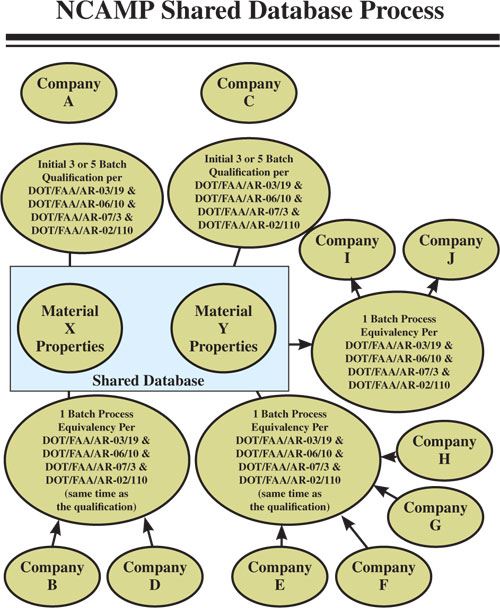

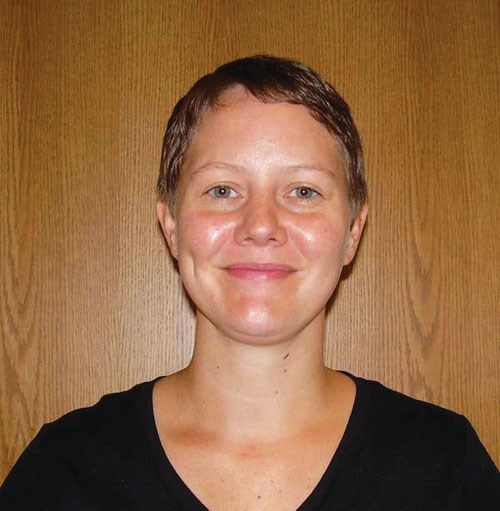
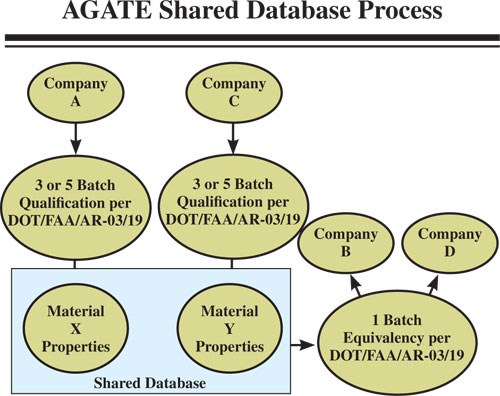

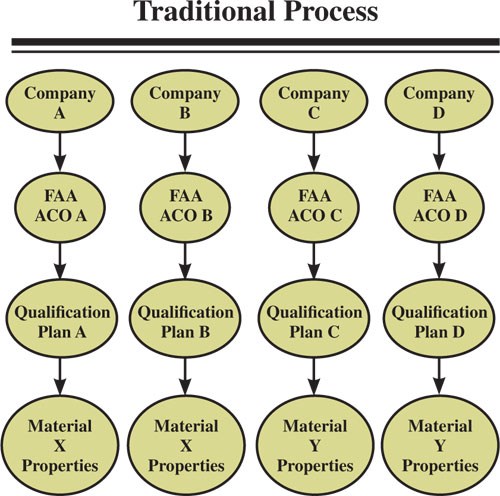







.jpg;maxWidth=300;quality=90)







